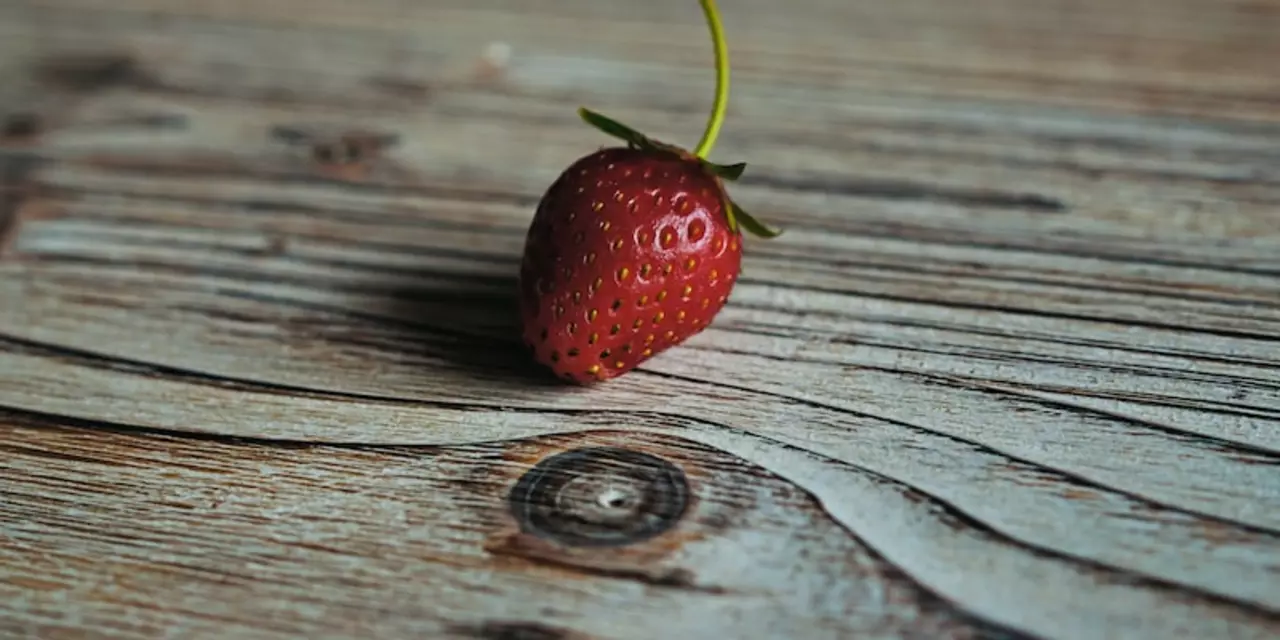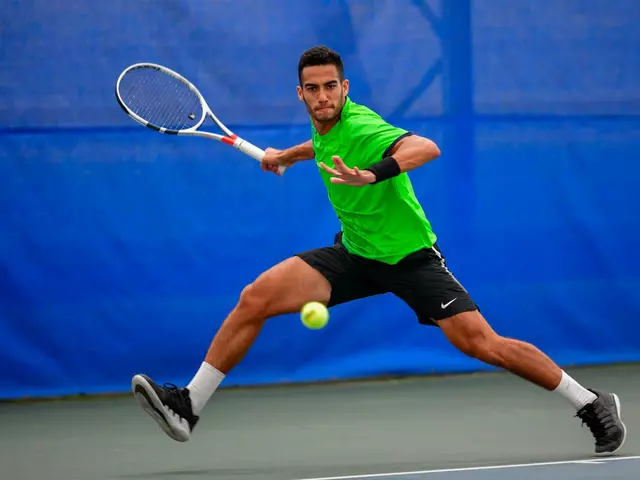Game Tips: Boost Your Tennis Play Today
Want to feel more confident every time you step onto the court? You don’t need fancy gear or endless drills – just a handful of smart game habits. Below you’ll find simple, proven tips that any player can add to the next match.
Master the Ready Stance
One of the easiest ways to improve your returns is to bend your knees when you’re waiting for a serve. This low‑center‑of‑gravity position gives you balance, lets you spring in any direction, and adds power to the first shot. Think of it like a coiled spring: the deeper the bend, the quicker the release. Try standing with feet shoulder‑wide, knees flexed, and weight on the balls of your feet. When the server tosses, explode upward and forward – you’ll notice a faster reaction time instantly.
Read the Court Speed
Not all courts play the same. A slower surface, like the current Australian Open layout, favours long rallies and forces you to be patient. A faster hard court rewards aggressive positioning and a big serve. Before you play, roll a few balls and listen to the bounce. If the ball stays low and skips, dial back on power and focus on placement. If it rockets, look for opportunities to finish points early with a strong first strike.
Understanding the surface helps you pick the right tactics without guessing. It also saves energy – you won’t chase balls that are meant to stay deep.
Score Like a Pro
Scoring in tennis can feel confusing, but breaking it down makes it manageable. A game is won by the first player to reach four points with a two‑point lead (15, 30, 40, game). Six games win a set, again with a two‑game margin, and most matches are best‑of‑three sets. Keep a mental tally or use the simple "+1" method after each point. When you know exactly where you stand, you can plan riskier shots when you need a break or stay steady when you’re ahead.
Also, remember that a 0‑0 start is an opportunity – treat every point as a chance to set the tone rather than a pressure moment.
Use Court Geometry
Hard‑court specialists like Novak Djokovic use the whole rectangle, hitting deep cross‑court shots to push opponents off balance. Replicate this by aiming for the opposite corner after each rally. It forces your rival to run more, tiring them out and opening up angles for winners. Practice “target zones” during warm‑up: hit to the backhand corner, then the forehand corner, and finally the mid‑court line. Consistency in placement builds a mental map that makes in‑match decisions faster.
Stay Mentally Cool
Top players stay calm under pressure – they treat each point like a mini‑game. If a serve goes wide, you don’t dwell on it; you reset and focus on the next ball. Try a quick breath‑in‑hold for three seconds, then exhale slowly before each serve. This tiny routine cuts nervous energy and improves focus.
Combine these habits and you’ll notice a smoother rhythm, fewer unforced errors, and a stronger belief in your game. The next time you grab a racket, apply one tip, watch the change, then add another. Small tweaks add up, and soon you’ll be playing the kind of tennis that feels natural and powerful.

What is the difference between table tennis and tennis game?
Table tennis and tennis are two distinct sports with different rules and equipment. Table tennis is a much faster-paced game played with two to four players and a small, hard paddles and a hollow, light plastic ball. Tennis is a slower-paced game played on a larger court with a racquet and a heavier rubber ball. Table tennis requires quick reflexes and precision, while tennis emphasizes power and tactical play. Furthermore, table tennis is played indoors while tennis is played outdoors. In conclusion, while they are both racquet sports, table tennis and tennis are quite different.
Detail



